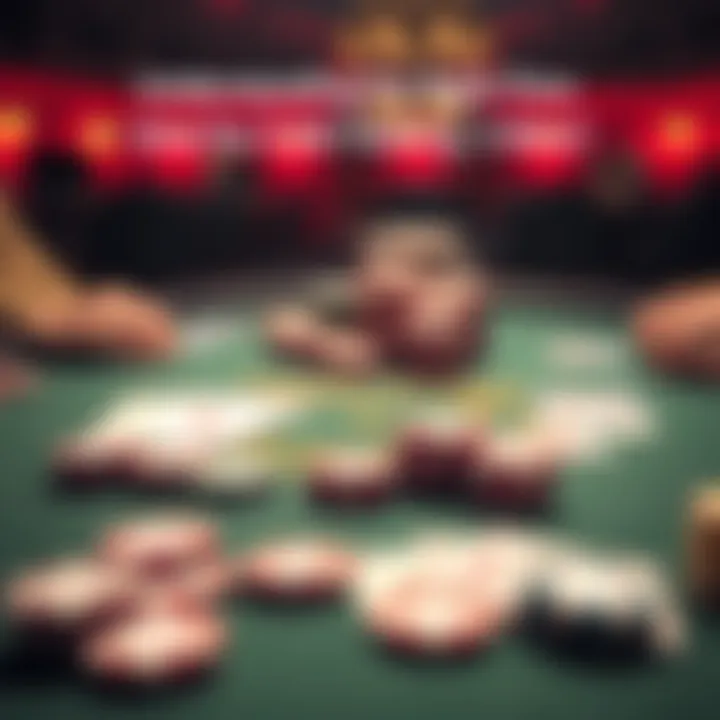Cold Flatting 3-Bets | A Strategy Under Fire
Edited By
John Doe

In a heated debate, many in the poker community are questioning the effectiveness of cold flatting 3-bets. This tactic, once considered viable, is now seen as risky by some players, leading to a divide among enthusiasts. The ongoing discussion highlights the complexities of pre-flop strategies and how they adapt to different game types.
Context of the Discussion
Cold flatting, or calling a 3-bet without re-raising, can be controversial. Players argue this tactic should be used sparingly, especially in competitive games. Some strategies may not apply to all stack sizes or formats. The recent commentary points out that minimizing risks is crucial when faced with aggressive opponents who might 4-bet often.
The Main Themes
Stack Sizes and Game Types
Many players acknowledge that strategies should adjust based on the effective stack size. "If you’re seeing that the solver never flats, it’s likely because it prefers to 4-bet or fold," one user commented. This indicates that in low rake, deep-stacked games, cold calls could be considered more, but the common consensus remains against it in standard situations.
Balancing Ranges
Balancing your hand range while cold flatting is complex. One comment emphasizes that without strong hands, opponents may easily read your play. “You’d rather cold four your KK and AA,” suggests a strategic shift towards aggression instead of passiveness.
Exploitative Play
Interestingly, exploitative strategies may warrant cold flatting—against less skilled players. One user noted, “If you’re confident that the initial raiser flats or folds to the 3-bet often, it’s just a math question.” This highlights the need for situational awareness to succeed.
Insights from the Community
"While some assert it can be solver approved, my main concern is understanding how the original raiser plays," shared one player. Their sentiment captures the cautious approach many are taking.
The dialogue reflects a mix of skepticism and tactical insight. Players are re-evaluating whether cold flatting remains a profitable tactic amidst varying game dynamics.
Key Points:
▽ Effective stack size significantly influences strategy selection.
⚖️ Maintaining a balanced range while cold flatting is complex.
★ Exploitative strategies might justify cold flatting in certain matchups.
🔄 Best approach may still lean towards 4-betting or folding.
As discussions continue, the future of cold flatting hangs in the balance, leaving many to ponder if this strategy still holds weight in today’s evolving poker landscape.
What Lies Ahead for Cold Flatting 3-Bets?
Looking to the future, it’s likely that the debate around cold flatting 3-bets will intensify as players assess its viability against the evolving strategies in poker. There's a strong chance that more players will experiment with this tactic in low-stakes, low-rake environments, where the risk is mitigated, and the potential for profit remains. Experts estimate around a 60% probability that aggressive players will favor the 4-bet strategy, especially as they seek to outplay more passive opponents. As the poker landscape shifts, those who adapt quickly may find success, while those clinging to outdated methods risk falling behind.
Drawing Uncommon Parallels from History
When considering the current discussions on cold flatting, one might reflect on the rise of alternative music in the 1990s. At that time, established genres deemed it risky to explore new sounds. However, as artists pushed boundaries, they found unexpected resonance with audiences. Similarly, today’s poker players seem to find themselves at a crossroads: they can cling to conventional wisdom or experiment with cold flatting, potentially heralding a new era of gameplay. Just as music transformed during that period, so too could poker's strategies evolve dramatically based on player willingness to adapt.
